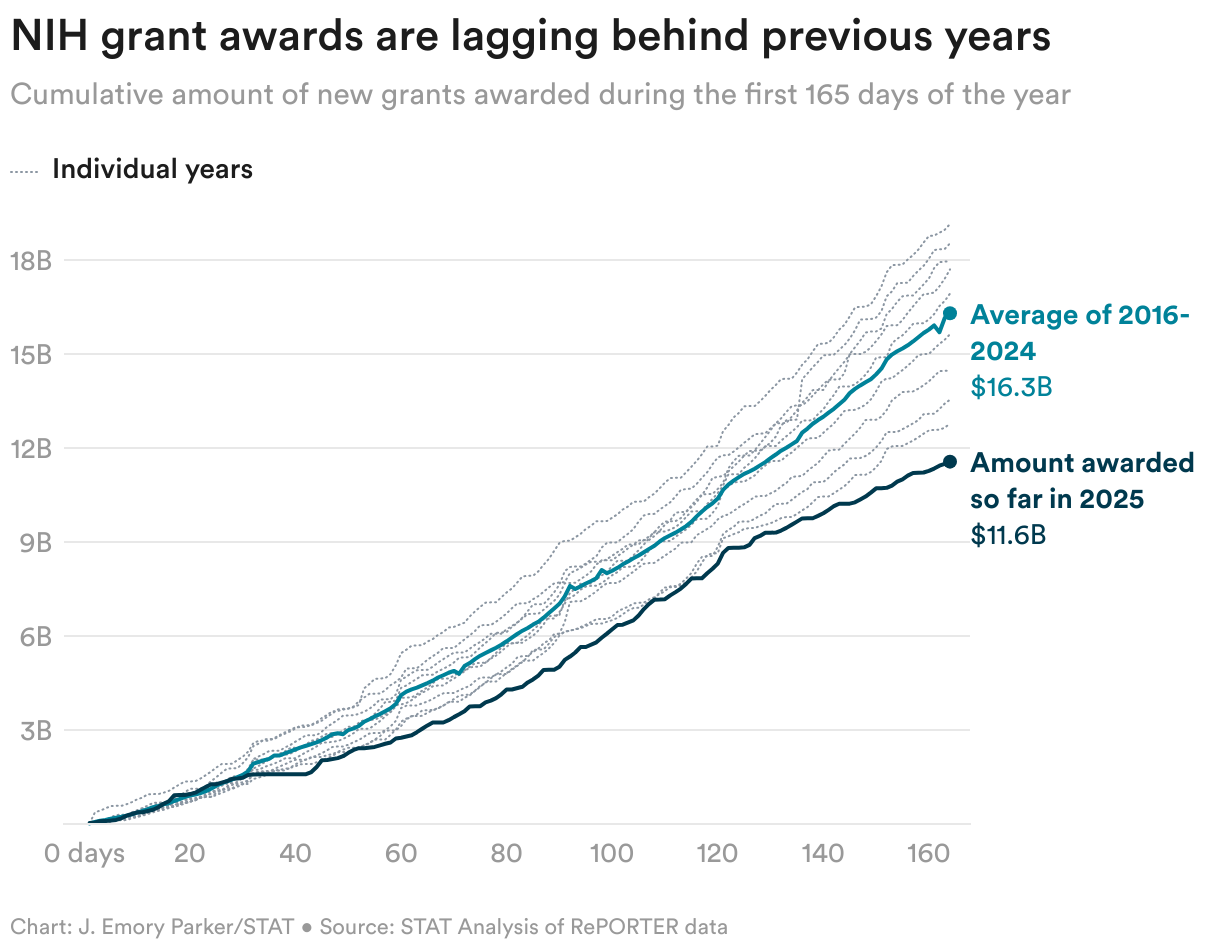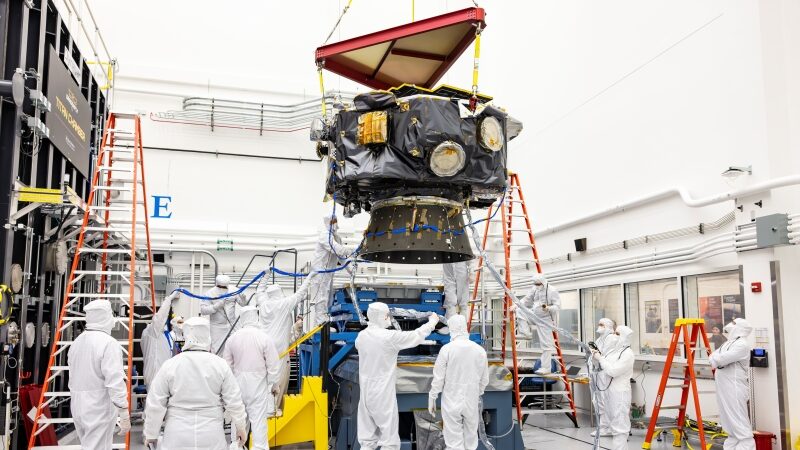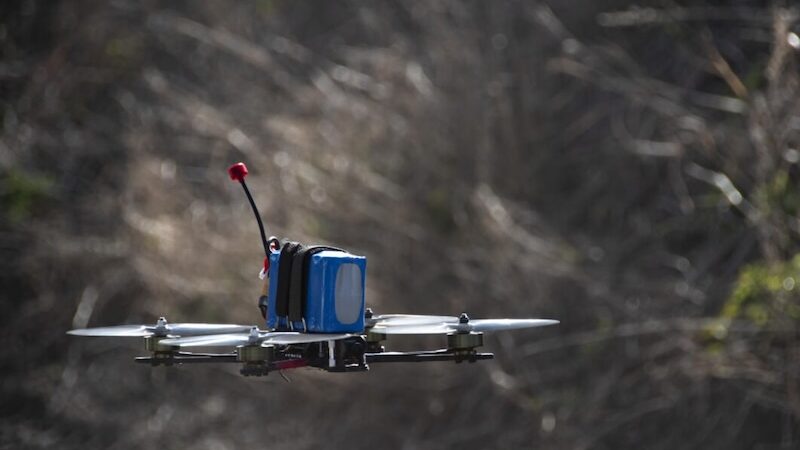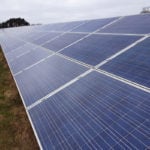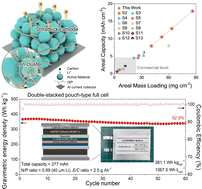Asymmetric Acceptor Featuring Fused‐Imidazole Central Core Enabling Organic Solar Cells with 19.4% Efficiency
Advanced Energy Materials, EarlyView.

Asymmetric Y-acceptor BTQT-4F featuring innovative fused-imidazole central linkage, is successfully developed by 2D π-expansion strategy. The decent power conversion efficiencies (PCEs) of 18.22% and 19.40% are achieved in the PM6:BTQT-4F binary and PM6:BTP-eC9:BTQT-4F ternary organic solar cells (OSCs), respectively. Especially, such ternary value outperforms the previously reported efficiencies for OSCs based on 2D π-conjugated Y-series NFAs and is among the top-performing PM6:BTP-eC9 ternary OSCs.
Abstract
Manipulating the central cores of non-fullerene acceptors is crucial for enhancing the performance of organic solar cells (OSCs). While recent Y-acceptors have leveraged a two-dimensional (2D) π-expansion strategy to incorporate symmetric fused-pyrazine central cores, challenges remain in achieving higher device performance. In this study, BTQT-4F, a novel Y-acceptor with an asymmetric fused-imidazole core is introduced. Density functional theory calculations reveal that the asymmetric geometry causes a molecular dipole moment of ≈8.5 Debye. Single-crystal X-ray diffraction confirms versatile packing modes that establish efficient 3D charge-transport channels. Using BTQT-4F, a power conversion efficiency (PCE) of 18.22% with an open-circuit voltage (VOC ) of 0.890 V is achieved in PM6:BTQT-4F binary OSCs. Notably, PM6:BTP-eC9:BTQT-4F ternary OSCs realized a PCE of 19.4%, surpassing previously reported efficiencies for OSCs based on 2D π-conjugated Y-acceptors. This work underscores the potential of implementing an asymmetric fused-imidazole central core in pushing the boundaries of the Y-acceptor design, opening avenues for further OSC performance enhancements.
















































































